Description and reviews of hydrangea Summer love
Video review of hydrangea Summer Love:
The variety of paniculate hydrangea Summer love will not disappoint the expectations of the most demanding connoisseurs of beautiful culture. The compactness of the bush, huge caps of inflorescences that change color three times during the season, make Summer Love a desirable specimen in the garden.
Description of hydrangea Summer Love
The crop grows as a compact, low-growing bush with a dense spherical crown. Powerful branched shoots, covered with oval leaves with a pointed end. The leaf blade is up to 12 cm long and has a rich dark green color.
Huge pyramidal inflorescences form at the tops of the shoots. Dense panicles consist of flowers that form seeds and large ethereal buds located at the base. The petals are long, the flower itself resembles a propeller. The variety is a good honey plant.
|
Dense inflorescences change color three times per season |
Advantages and disadvantages of the variety
Summer Love is a new product in the world of paniculate hydrangeas, however, it has already managed to show its advantages:
- The biological feature of the variety is flowering in two waves.
- Strong shoots make it easy to grow the crop in the form of a standard tree.
- The superficial root system quickly absorbs moisture and nutrients from the soil, so Summer love hydrangea develops faster than its relatives.
- It grows well in pots, making it possible to move the bush to the desired location in the garden.
- Powerful stems hold huge inflorescences when forming a bush of 5-6 shoots, and do not lie down.
- Thanks to rapid growth, the plant is able to bloom in the first year of planting.
The disadvantages include the fact that in rainy, cool weather, as well as with excessive watering, powdery mildew and gray rot are possible.
For information! The Summer Love hydrangea variety retains freshness in water for a long time and is ideal for cutting.
|
Blooming Summer love looks gorgeous in a bouquet |
Planting a seedling
The Summer love variety needs sunlight. For planting, choose places with diffused lighting, or those areas where the sun's rays will fall on the plant only part of the daylight hours. In the open sun the inflorescences burn.
To protect from strong winds, drafts, and scorching sun, the optimal place for planting shrubs will be areas near the walls of the house, next to the fence.
Hydrangea prefers acidic soils, but suffers in calcareous, alkaline soil.
Hydrangeas are planted based on the climatic conditions of the growing region. In the southern regions, the procedure is carried out in mid-autumn, in more severe climates - in spring. In the middle zone they are planted mainly from late April to mid-May.
|
The photo shows a planting of a hydrangea seedling with a closed root system |
Planting is carried out using the following technology:
- Dig a hole 3 times larger than the root system of the seedling.
- A drainage layer (expanded clay) is poured onto the bottom to prevent moisture stagnation.
- The planting hole is half filled with prepared soil from peat, sand, humus, garden soil, and watered.
- A seedling is placed in the center, the roots are straightened, and covered with soil, leaving the root collar at ground level.
- Lightly trample the soil in the tree trunk circle with your foot, water it again, and mulch the surface with bark, peat, and shavings.
Aftercare
A hydrangea seedling needs care and attention; it is important to carry out simple agricultural practices on time.
Watering
The location of the roots of the variety is superficial; they absorb moisture well. The optimal watering schedule is once a week. An adult bush requires 30 liters of water, a young seedling needs 15 liters. On hot days, moisten as the soil dries.
Top dressing
The bush responds to feeding procedures with active growth, healthy appearance and abundant, bright flowering.
In the spring, fertilize with mineral compounds, use a solution of slurry (1 liter of substance is diluted in 10 liters of water). After 2 weeks, the procedure is repeated.
During the budding period, products containing phosphorus and potassium are added (70 g of superphosphate and 40 g of potassium sulfate per 1 m2). Before autumn, this feeding is carried out twice more.
Don't forget to read:
Read more about methods of pruning paniculate hydrangeas here ⇒
Trimming
Without this procedure, the bush will eventually acquire a sloppy shape and flowering will become scarce.
In the fall, sanitary pruning is carried out, removing faded inflorescences, damaged and weak branches.
In the spring, immediately after the first buds swell, formative pruning is carried out. Well-developed shoots are trimmed, leaving 1,2,3 buds at the base, depending on the desired result. Remove shoots growing in the middle of the bush and thin branches.
|
Short pruning of paniculate hydrangea |
Important! All cuts must be covered with garden varnish to prevent infections from entering open wounds.
If there is a desire to form a standard tree, the process begins in the first year of the plant’s life.
Don't forget to read:
Growing paniculate hydrangeas on a trunk with your own hands ⇒
Frost resistance and preparation for winter
The hydrangea variety Summer Love showed high endurance during extreme frosts (up to -35°C) and snowless winters. The bush is completely restored after winter frosts. In case of deep freezing of the soil, the root system of the seedling is protected by increasing the layer of mulch in the tree trunk circle.
Young plants are protected by covering the top with leaf litter, spruce branches, and sprinkled with snow in winter. In this way, green pets are insulated for the first 2-3 years of life.
|
Spruce branches and snow are excellent winter shelter |
Important! In autumn, water-recharging irrigation is mandatory. Lack of moisture in the soil will reduce the frost resistance of the plant.
Reviews of hydrangea Summer Love
In a short time, the beautiful Summer Love became the favorite of many gardeners:
“My hydrangea Summer Love has a very light, light pink color, there are 4 bushes, planted in a row, a very stable variety!”
Using hydrangea in landscape design
A compact, neat variety of paniculate hydrangea Summer Love, which attracts everyone's attention during a long wave of flowering, will decorate any garden. The culture is excellent both as a soloist and as part of a group of plants.
Options for using the variety in site design:
|
The monoflower looks like a bright diamond in the garden |
.
|
In the photo, bushes planted in a row perfectly frame the garden paths. |
.
|
Flowering shrubs highlight the most successful areas of the site. |
.
|
Growing hydrangea as a potted crop will allow you to decorate one or another corner of the garden at any time. |
Don't forget to read:
Propagation of hydrangeas by cuttings and layering at home ⇒
Other articles about hydrangea varieties:
- Paniculata hydrangea “Silver dollar”: description, photos and reviews from gardeners ⇒
- Hydrangea paniculata Skyfall with description, photos and reviews ⇒
- Description of hydrangea Strawberry Blossom with photos and reviews from gardeners ⇒
- Hydrangea paniculata Polistar: description, photos and reviews ⇒
- Description and characteristics of hydrangea Samara Lydia with photos and reviews ⇒
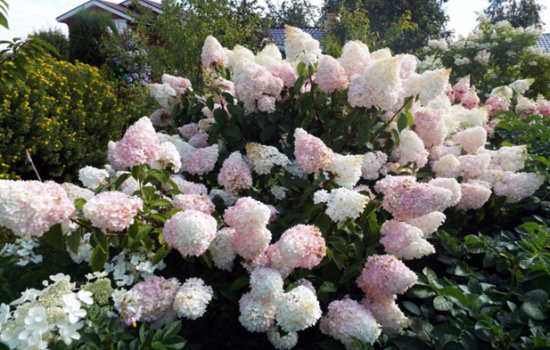
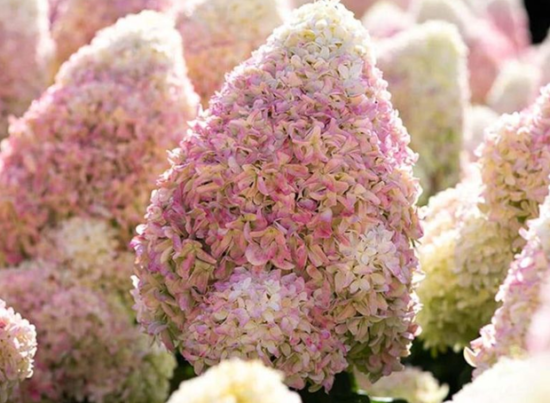
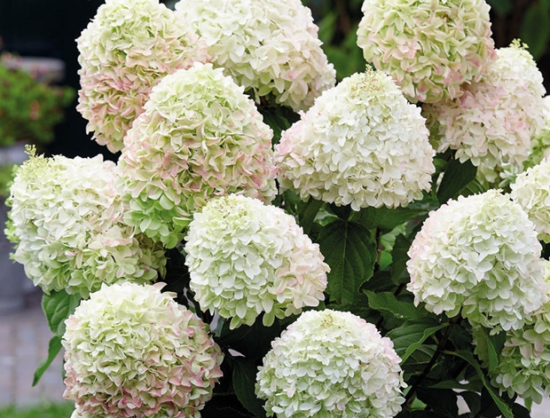
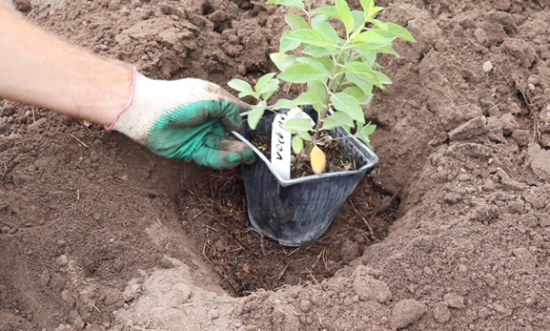

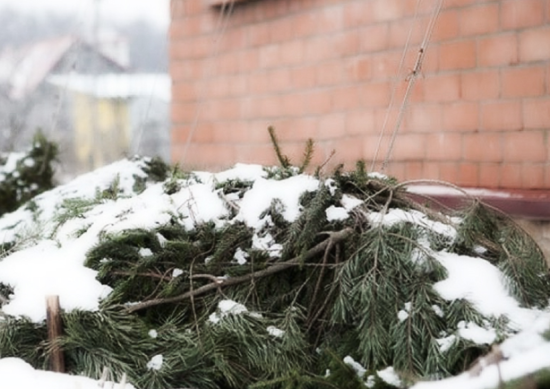
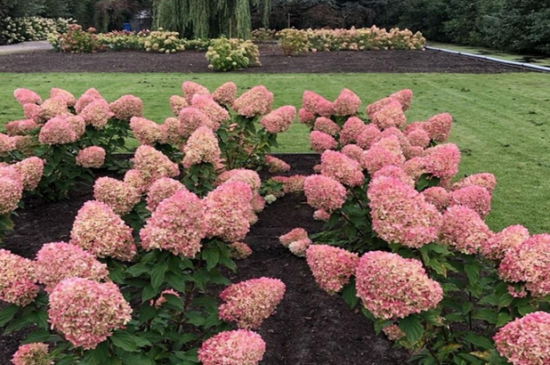

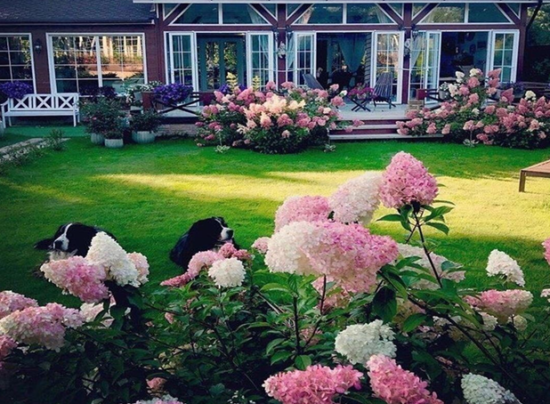
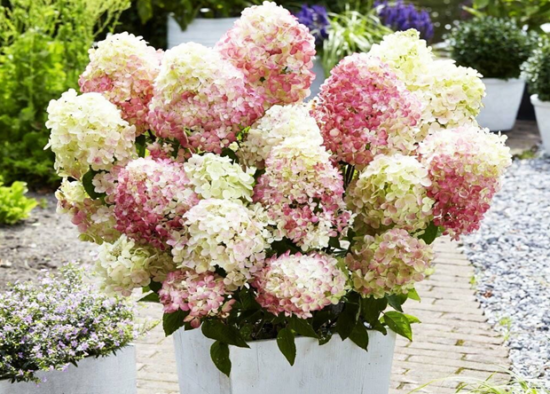

 CUCUMBERS NEVER GET SICK, I'VE BEEN USING ONLY THIS FOR 40 YEARS! I SHARE A SECRET WITH YOU, CUCUMBERS ARE LIKE THE PICTURE!
CUCUMBERS NEVER GET SICK, I'VE BEEN USING ONLY THIS FOR 40 YEARS! I SHARE A SECRET WITH YOU, CUCUMBERS ARE LIKE THE PICTURE! You can dig a bucket of potatoes from each bush. Do you think these are fairy tales? Watch the video
You can dig a bucket of potatoes from each bush. Do you think these are fairy tales? Watch the video
 How our fellow gardeners work in Korea. There is a lot to learn and just fun to watch.
How our fellow gardeners work in Korea. There is a lot to learn and just fun to watch. Eye trainer. The author claims that with daily viewing, vision is restored. They don't charge money for views.
Eye trainer. The author claims that with daily viewing, vision is restored. They don't charge money for views. A 3-ingredient cake recipe in 30 minutes is better than Napoleon. Simple and very tasty.
A 3-ingredient cake recipe in 30 minutes is better than Napoleon. Simple and very tasty. Therapeutic exercises for cervical osteochondrosis. A complete set of exercises.
Therapeutic exercises for cervical osteochondrosis. A complete set of exercises. Which indoor plants match your zodiac sign?
Which indoor plants match your zodiac sign? What about them? Excursion to German dachas.
What about them? Excursion to German dachas.